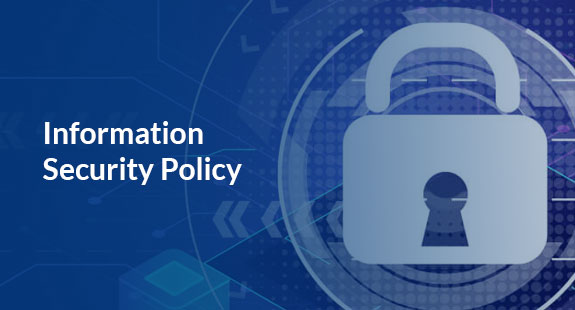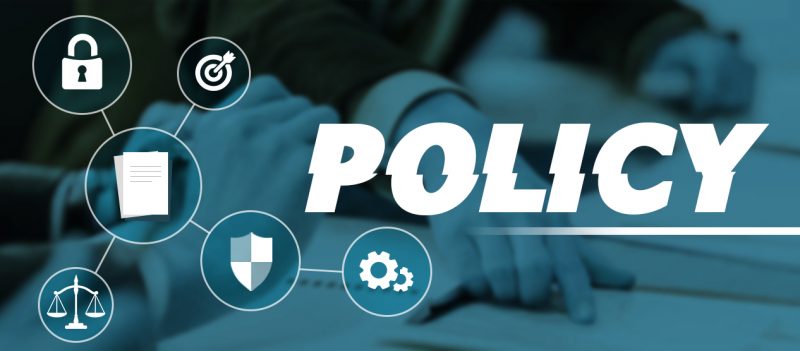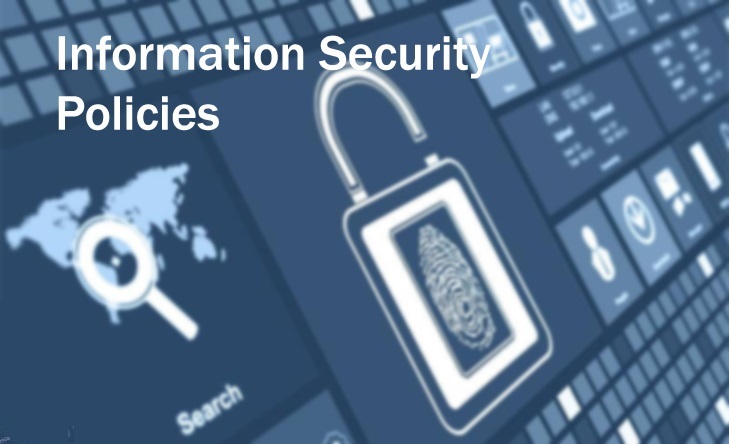In today’s digital landscape, where threats and vulnerabilities abound, safeguarding sensitive information is imperative. Whether you’re a burgeoning startup or a multinational corporation, robust security policies are indispensable. These policies form the foundation of your organization’s defense against cyber threats, delineating protocols and procedures to mitigate risks effectively. In this piece, we’ll explore the realm of security policy documents, illuminating their significance, creation process, and standards such as ISO 27001.
How to Draft a Security Policy Document?
Drafting security policy documents requires a meticulous approach to ensure comprehensiveness and efficacy. Here’s a step-by-step guide:

- Assessment: Conduct a thorough assessment of your organization’s assets, risks, and compliance requirements. Identify potential vulnerabilities and relevant regulatory standards.
- Scope Definition: Clearly define the scope of your security policy document, including aspects such as data protection, access control, and incident response.
- Stakeholder Involvement: Engage key stakeholders from various departments to gather insights and ensure alignment with organizational objectives.
- Policy Drafting: Structure your document clearly, incorporating sections such as purpose, scope, responsibilities, guidelines, and enforcement measures using plain language for accessibility.
- Review and Approval: Subject the draft to rigorous review by internal teams, legal experts, and compliance officers. Ensure alignment with industry best practices and obtain necessary approvals.
- Training and Implementation: Educate employees about the policy through training sessions and awareness programs. Implement mechanisms for monitoring, enforcement, and periodic review.

What Constitutes a Document Security Policy?
A document security policy outlines guidelines and protocols governing the creation, handling, storage, and disposal of sensitive documents. Its aim is to protect confidential information from unauthorized access, disclosure, alteration, or loss. Key components include access controls, encryption mechanisms, data classification frameworks, and retention schedules.
Steps to Create a Security Policy:
Creating security policy documents involves a systematic approach tailored to your organization’s needs:
- Assessment and Analysis: Evaluate risk landscape, regulatory obligations, and operational needs.
- Policy Development: Collaborate with stakeholders to draft comprehensive policies and procedures.
- Documentation: Document policies clearly, incorporating actionable guidelines and responsibilities.
- Review and Approval: Subject the draft to rigorous review by legal, compliance, and cybersecurity experts.
- Implementation and Enforcement: Roll out the Security Policy Templates, provide training, and enforce adherence.
- Continuous Improvement: Regularly review and update the policy in response to emerging threats and changes.

ISO 27001 stands as a globally acknowledged benchmark for managing Information Security Management Systems (ISMS), furnishing organizations with a structured approach to instate, execute, uphold, and enhance their security infrastructure. At the core of ISO 27001 compliance lies the Information Security Policy document, which serves as a fundamental cornerstone, articulating the organization’s dedication to safeguarding sensitive data and adhering to pertinent legal and regulatory mandates.
















